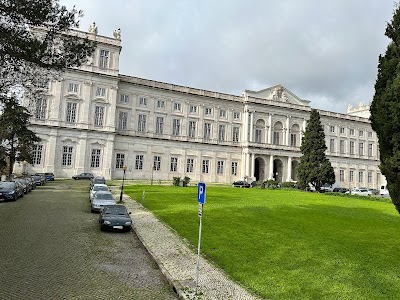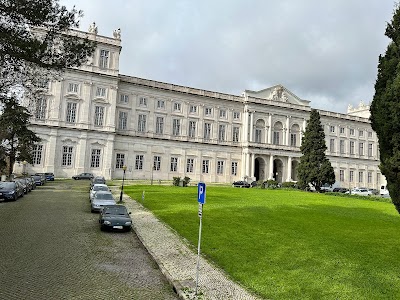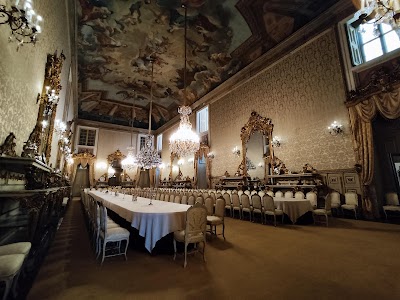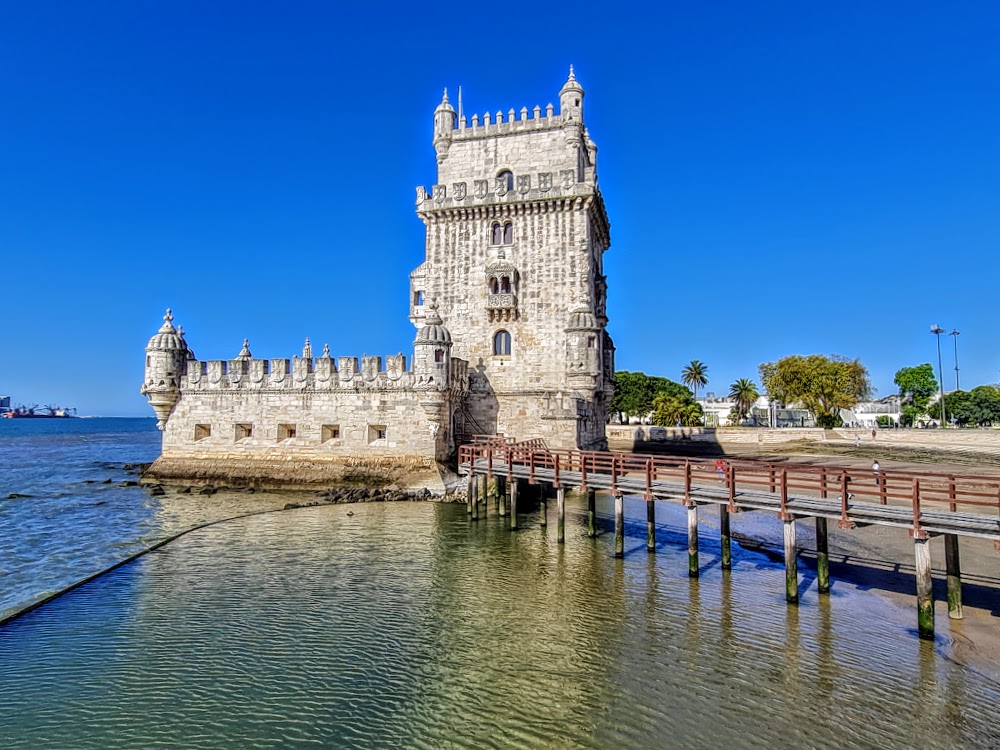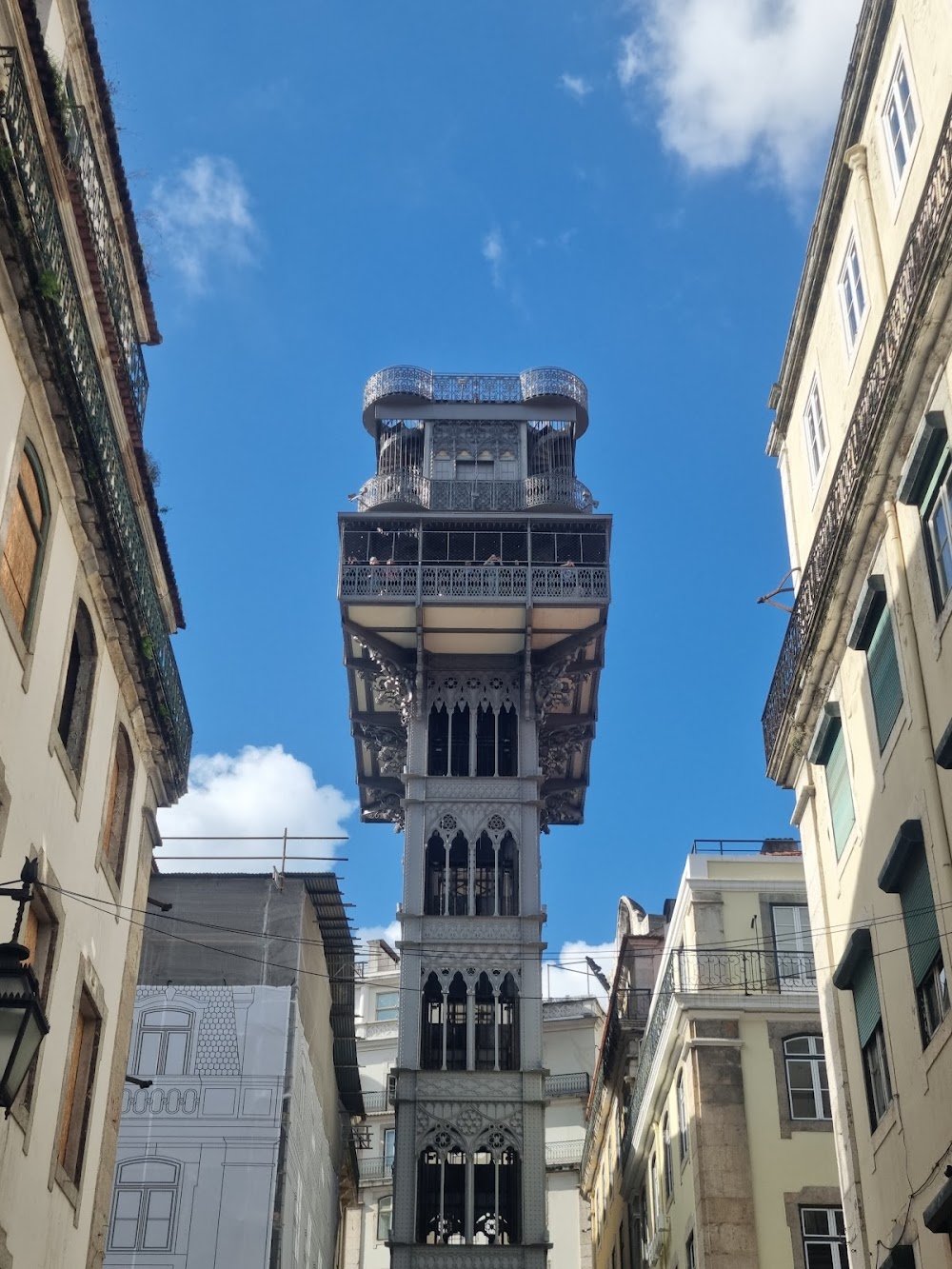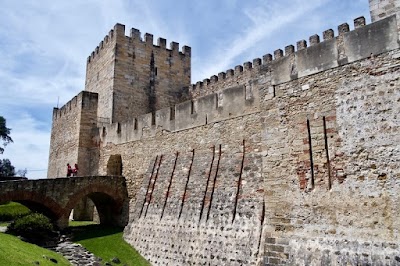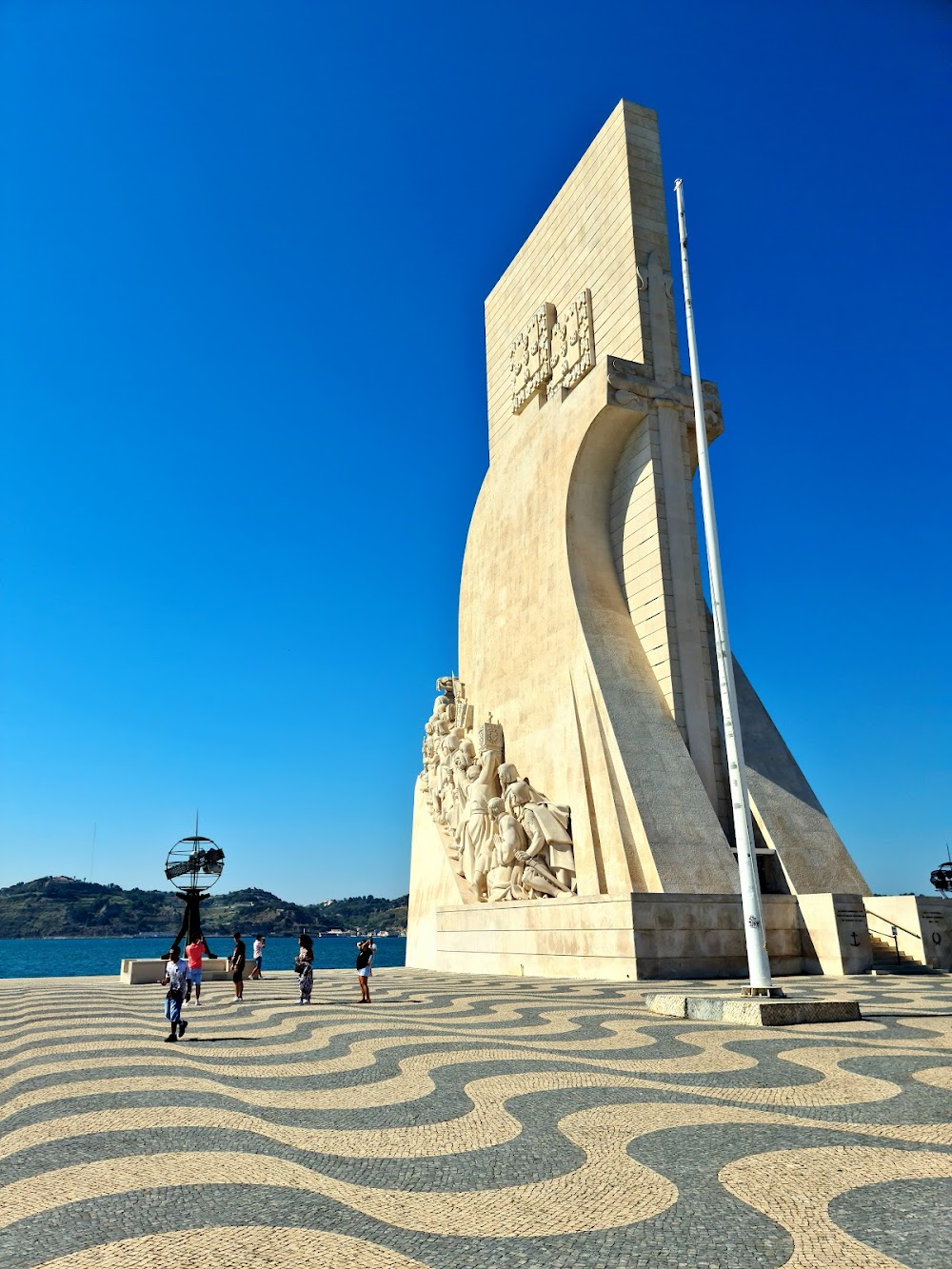National Palace of Ajuda (Palácio Nacional da Ajuda)
Overview
The National Palace of Ajuda, situated in the enchanting city of Lisbon, Portugal, stands as a magnificent testament to the country's rich royal history and architectural splendor. Perched atop a hill in the Ajuda neighborhood, this majestic palace provides visitors with a captivating glimpse into Portugal's regal past, making it an essential stop for tourists from around the globe.
The origins of the National Palace of Ajuda trace back to the 18th century. Initially conceived as a modest wooden royal residence to replace the Ribeira Palace—destroyed in the catastrophic earthquake of 1755—this structure unfortunately succumbed to a fire in 1794. This calamity led to the planning of a more permanent and grand design. The current palace's construction commenced in 1796 under the guidance of architect Manuel Caetano de Sousa, envisioned as a monumental Neoclassical palace fit for the Portuguese royal family.
Construction of the palace unfolded over several decades, influenced by various architectural styles and changing political circumstances. King Luís I played a pivotal role during his mid-19th-century reign by implementing significant enhancements, ultimately making it his official residence. This eclectic development timeline has created a stunning blend of styles, giving the palace its unique charm.
Upon entering the National Palace of Ajuda, visitors are greeted by opulent interiors that showcase the lavish lifestyles of the Portuguese monarchy. The palace features a series of richly decorated rooms, each adorned with impressive artworks, extravagant furnishings, and intricate tapestries. Highlights include the Throne Room, which captivates with its sumptuous decorations and grand chandeliers, and the Banquet Hall, home to an exquisite collection of silverware and porcelain.
One of the palace's most remarkable attributes is its extensive collection of art. Guests can admire works by renowned artists, including paintings, sculptures, and decorative artifacts that illuminate the artistic heritage of the era. The Royal Treasury is another highlight, showcasing a dazzling array of royal jewels, medals, and ceremonial regalia that underscore the wealth and sophistication of Portugal’s former monarchy.
The significance of the National Palace of Ajuda extends beyond its architectural and artistic allure. It serves as a historical repository, witnessing key events and figures in Portuguese history. Notably, it was here that the last King of Portugal, Manuel II, held court before the monarchy was abolished in 1910, marking a pivotal moment in the transition to the Portuguese Republic.
Surrounding the palace are beautifully landscaped gardens that provide a tranquil escape for visitors. These gardens offer picturesque views of Lisbon and the Tagus River, creating an ideal setting for a leisurely stroll or a moment of reflection amidst nature’s beauty.
Intriguing facts about the National Palace of Ajuda further enhance the visitor experience. Remarkably, the palace was only recently completed in the 20th century, despite construction beginning over 200 years earlier, primarily due to financial constraints, political instability, and shifting priorities among successive monarchs. Additionally, the palace has served various functions over the years, including as a museum that houses both permanent and temporary exhibitions, attracting history buffs and art enthusiasts alike.
For tourists exploring Lisbon, the National Palace of Ajuda offers not just a journey through time but also an immersion into the opulence and grandeur of royal life. It is a place where history comes alive, providing a sensory feast of visual and intellectual indulgence. Whether you are a history aficionado, an architecture enthusiast, or simply a curious traveler, the palace promises a rewarding experience that resonates with the regal essence of Portugal’s illustrious past.
To maximize your visit, it's advisable to allocate sufficient time to explore the palace thoroughly, consider indulging in a guided tour for deeper insights, and seize the photographic opportunities presented by both the stunning interiors and the surrounding gardens. As you wander through the National Palace of Ajuda, you will leave not just with pictures, but also with stories and memories of an age defined by opulence, power, and exquisite artistry.


